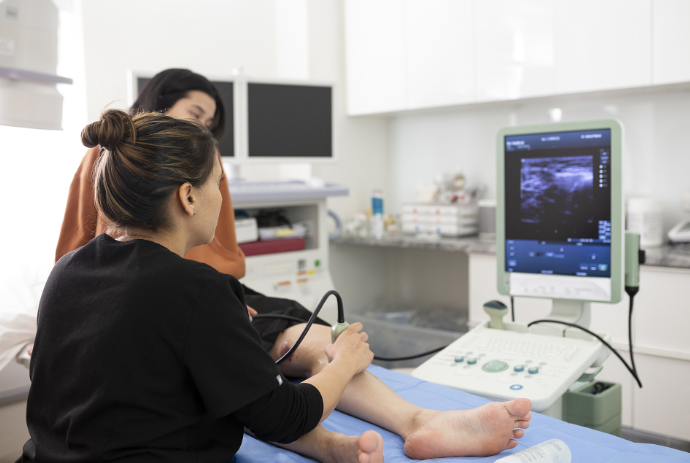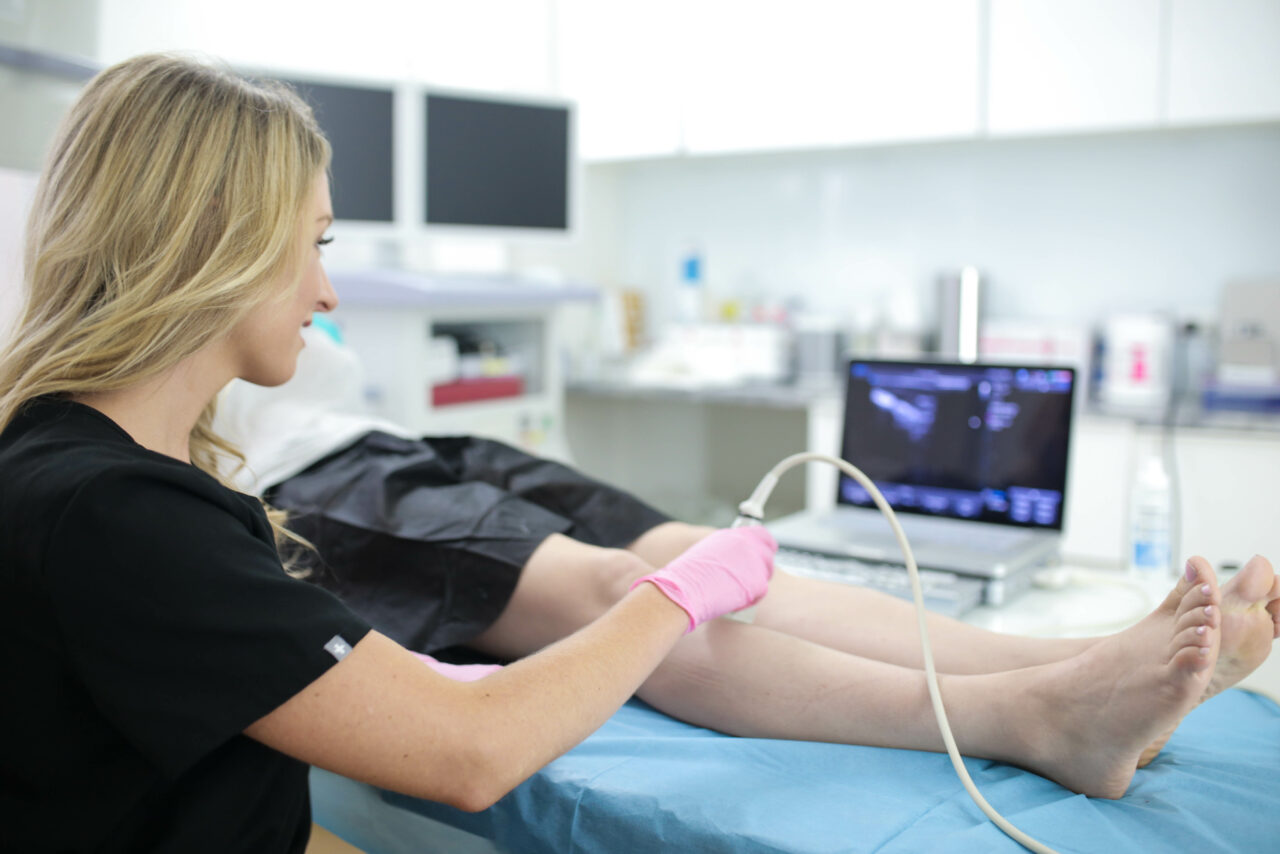DVT is a kind of venous insufficiency. This is a medical condition in which blood clots form in a deep vein inside your body. DVT usually appears in large veins in the lower leg and thighs but can also occur in other deep veins, including arms and pelvis.
DVT can appear suddenly and require immediate medical care because it worsens the condition gradually. Alternatively, blood clots may be a chronic disorder that progressively impairs circulation, often appearing in the body's lower section. Are you finding the answer to what kind of doctor specializes in veins but needs help to get the correct information? Vein-specialized doctors are famous by names, such as vascular specialists, surgeons, dermatologists or interventional radiologists. These professionals have a certified license and years of experience handling vein disease-related conditions.
What Are Causes of Deep Vein Thrombosis?
Vein thrombosis is a vein disorder that occurs with age or above 60, as it is a common opinion. But at the same time, it can affect people of any age group. Blood clots start forming when blood flow drops down or gets blocked.

The risk of DVT is enhanced when you may experience the following issues:-
- Genetic history of blood clots.
- Prolonged sitting or bed rest because of any other medical health condition
- Pregnancy or giving birth to a child in the past six months.
- Excessive weight
- Any surgeries or fractures that occurred in the past few months in the hips, pelvis, or legs
- An excessive number of blood cells are produced by the bone marrow in people dealing with polycythemia vera.
What Are the Symptoms of Deep Vein Thrombosis?
- Symptoms of deep vein thrombosis are more or similar to varicose veins, so don't get confused about venous insufficiency.
- DVT can cause swelling in one leg due to improper flow of blood circulation
- Consistent pain or tenderness in the affected region is a starting and common symptom of DVT.
- The skin colour of the affected area changes and appears red or blue.
- The affected leg may experience a warm sensation due to increased blood flow and inflammation.
- The affected veins may be more visible beneath the skin's surface in certain conditions.

What Should I Do To Protect Ourselves From DVT?
If you get irritated with those perky, bulgy, or twisted veins, you should incorporate the following activities into your daily routine.
- Physical workouts daily help improve blood circulation and reduce the risk of developing blood clots.
- Staying hydrated throughout the day maintains blood viscosity and prevents clotting.
- If you have a profession of prolonged sitting or standing, elevate your legs at regular intervals or perform simple leg exercises to promote blood flow.
- Compression stockings are one of the effective ways to prevent yourself from DVT, as they force gentle pressure and support on the legs, which leads to alleviating symptoms of discomfort and swelling.
To Sum Up
If you are dealing with any symptoms of DVT or a higher risk of underlying conditions, you need to seek immediate medical care. But wondering what is the treatment for varicose veins? No worries; many vein treatments are available, from effective minimally invasive procedures to surgical procedures. However, a healthcare professional suggests proper treatment according to your vein condition.